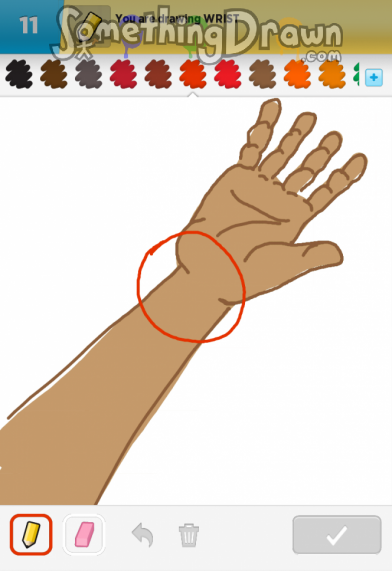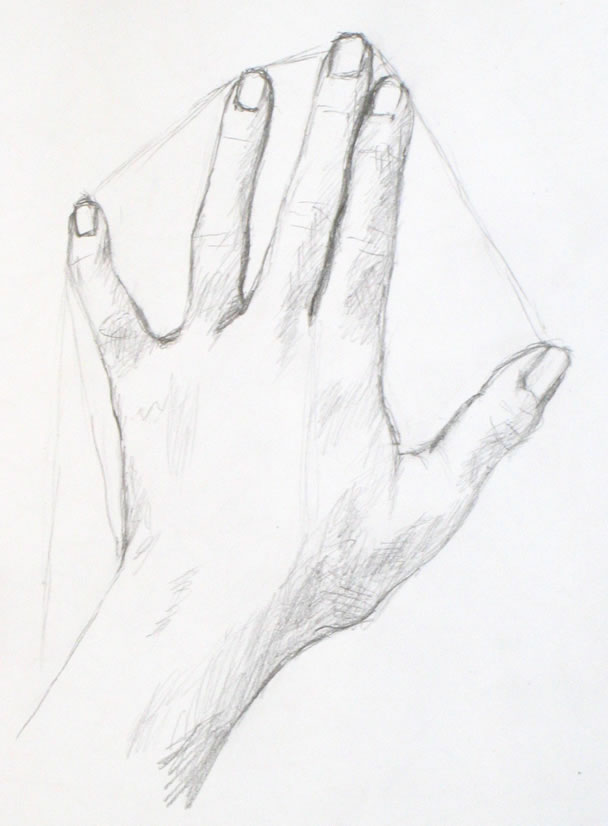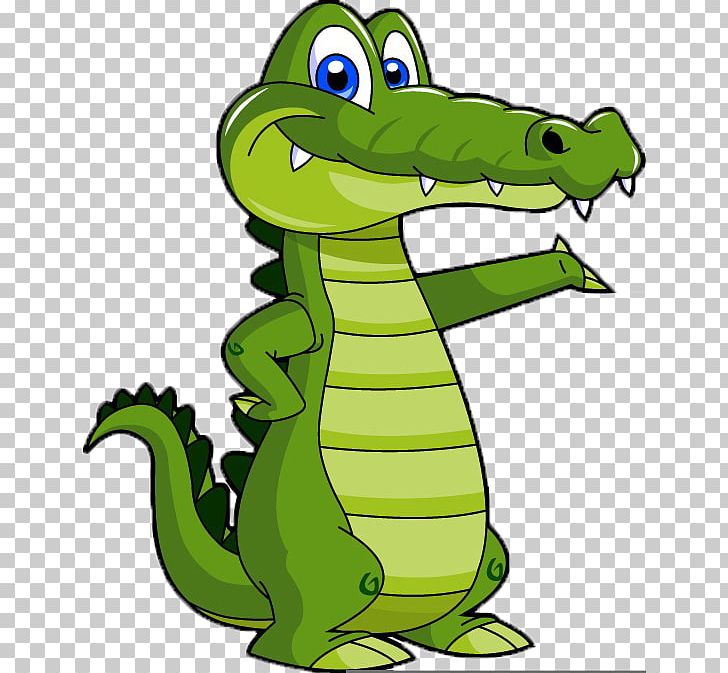Somethingdrawn com
Table of Contents
Table of Contents
Are you struggling with how to draw a wrist? Wrist drawing can be tough, especially if you’re not familiar with the anatomy of the hand. However, fear not! In this post, we’ll guide you through the process of successfully drawing a wrist.
Pain Points Related to How to Draw a Wrist
As mentioned, wrist drawing can be challenging, which can result in frustration and discouragement for many. Some common pain points include not knowing where to start, struggling with proportion and perspective, and not knowing how to include the necessary details for a realistic representation. These pain points can make those attempting to draw a wrist feel overwhelmed and give up on their artwork.
Answering the Target of How to Draw a Wrist
Firstly, it’s important to understand the anatomy of the wrist. The wrist consists of eight small bones that connect the hand to the forearm. Understanding this foundation can help to achieve accurate proportion and perspective. Secondly, practice drawing the necessary details, such as the tendons and veins. Lastly, take your time, and be patient with yourself. Wrist drawing takes time and practice.
Article Summary
In summary, drawing a wrist is a skill that can be learned with practice and patience. Understanding the anatomy and taking the time necessary to include the details will lead to more accurate and realistic representations of a wrist in artwork.
How to Draw a Wrist: Techniques and Tips
When I first attempted to draw a wrist, I struggled with proportion and perspective. I found it challenging to include all of the necessary details that make a hand look realistic. However, with practice, I discovered some techniques and tips that helped me improve my wrist drawing skills.
Firstly, I recommend starting with a basic skeleton drawing of the hand, including the wrist. This foundation sets the groundwork for accurate proportions and perspectives. Next, I suggest outlining the wrist’s shape and the hand’s bones and tendons, followed by sketching the necessary details such as the veins and muscle groups.
 One technique that has helped me is to observe my own wrist and hand, noticing the small details that make it unique. This observation not only improves the accuracy of the drawing but also adds a personal touch to the artwork. Lastly, I recommend taking breaks and not becoming too attached to the artwork. Sometimes going back to the drawing with fresh eyes can help identify areas that need improvement.
One technique that has helped me is to observe my own wrist and hand, noticing the small details that make it unique. This observation not only improves the accuracy of the drawing but also adds a personal touch to the artwork. Lastly, I recommend taking breaks and not becoming too attached to the artwork. Sometimes going back to the drawing with fresh eyes can help identify areas that need improvement.
Fundamentals of Wrist Anatomy
To draw a wrist accurately, it’s essential to grasp the fundamentals of wrist anatomy. The wrist consists of eight small bones called carpals that form the wrist’s structure. The carpals connect the hand to the forearm and provide flexibility and movement to the hand. Understanding the carpal’s position and proportion is crucial for accuracy in wrist drawing.
 Another essential component to consider when drawing a wrist is the tendons and veins that connect the hand to the forearm. These details provide realism and depth to the artwork. Finally, the muscles and ligaments of the hand and wrist contribute to the complex structures of the wrist. These structures are essential to creating a convincing and accurate illustration.
Another essential component to consider when drawing a wrist is the tendons and veins that connect the hand to the forearm. These details provide realism and depth to the artwork. Finally, the muscles and ligaments of the hand and wrist contribute to the complex structures of the wrist. These structures are essential to creating a convincing and accurate illustration.
Personal Experience Drawing Wrists
When I first attempted wrist drawing, I found myself becoming frustrated with the level of detail required. However, with practice, I was able to identify the fundamental structures of the wrist and include the necessary details to make my artwork more realistic. I discovered that taking my time and observing my own wrist helped me improve my drawing techniques.
Question and Answer Section
Q1. What are the fundamental structures of the wrist?
A1. The wrist consists of eight small bones called carpals that form the wrist’s structure. The carpals connect the hand to the forearm and provide flexibility and movement to the hand.
Q2. How can I include accurate proportion and perspective in my wrist drawing?
A2. Starting with a basic skeleton drawing of the hand, including the wrist, is a great way to set the groundwork for accurate proportions and perspectives.
Q3. How do the tendons and veins contribute to a realistic wrist drawing?
A3. The tendons and veins that connect the hand to the forearm provide realism and depth to the artwork. Observing the details of these structures can improve your artwork’s accuracy.
Q4. What are some tips for improving my wrist drawing skills?
A4. Taking your time, observing your own wrist, and practicing regularly are great ways to improve your wrist drawing skills. Starting with a basic skeleton drawing and adding details such as veins and muscles groups can also contribute to a more accurate representation of a wrist in artwork.
Conclusion of How to Draw a Wrist
Learning to draw a wrist may seem challenging at first, but with practice and patience, accurate and realistic representations are achievable. Understanding the fundamentals of wrist anatomy, noticing the small details, and practicing regularly can all contribute to success in wrist drawing. By following the techniques and tips mentioned in this post, anyone can improve their wrist drawing skills and create amazing artwork.
Gallery
Skeleton Hand Drawing On Hand At GetDrawings | Free Download

Photo Credit by: bing.com / hand drawing foreshortening wrist shading skeleton getdrawings simple
Image Result For Wrist Drawing | Drawings, Hand Drawing Tutorial, Art

Photo Credit by: bing.com /
SomethingDrawn.com - WRIST Drawn By Ruth T On Draw Something

Photo Credit by: bing.com / wrist ruth somethingdrawn draw drawings
Tuesday Tip - Wrist Control An Expressive Hand… - GRIZandNORM

Photo Credit by: bing.com /
301 Moved Permanently

Photo Credit by: bing.com / hands draw drawing hand wrist sketches tutorial model use wordpress






